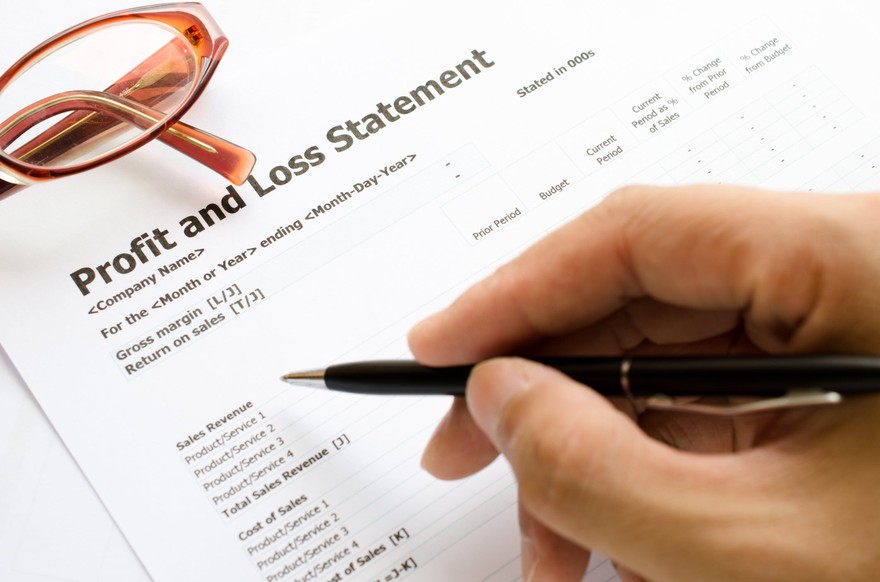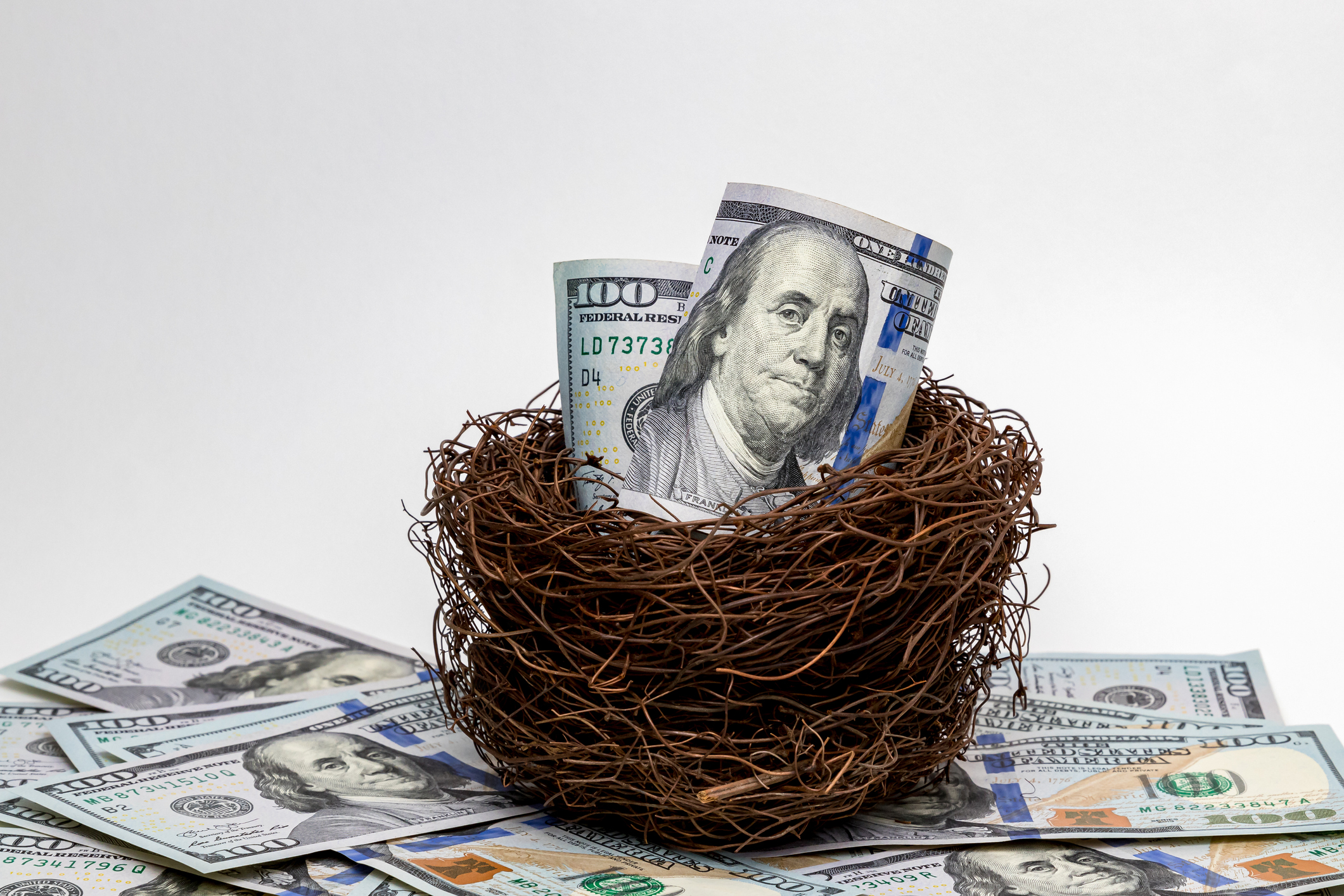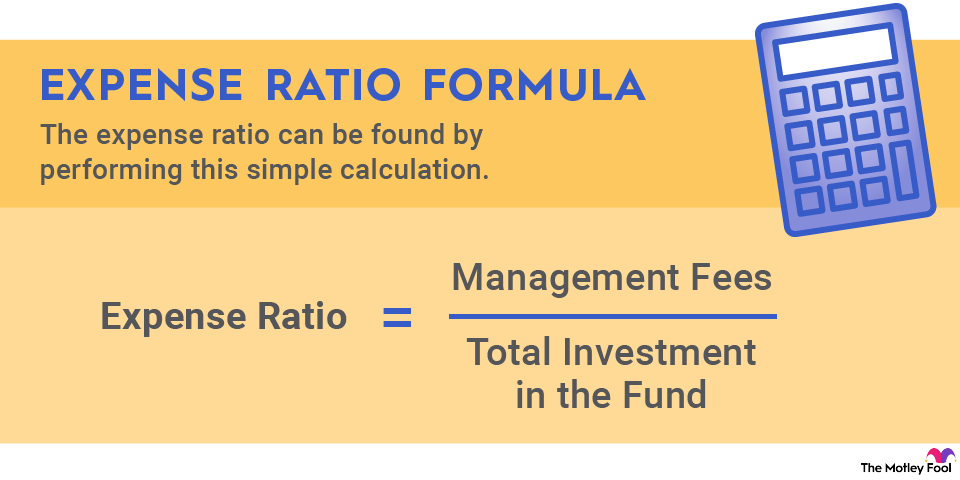For example, if a fund's fees add up to $10 million and the fund has $1 billion of assets, the gross expense ratio is 1%. But suppose that, of that $10 million, $2 million goes toward management fees, and the fund's manager agreed to temporarily waive the fee.
($10 million operating expenses - $2 million fee waiver/$1 billion assets) = 0.008, or 0.8% net expense ratio.
What's a good net expense ratio?
Often, gross expense ratio and net expense ratio are the same. But if the numbers are different, the gross expense ratio will always be higher since it doesn't account for discounts. Regardless of which number you're looking at, though, you want it to be as low as possible to maximize the amount of your money that actually gets invested.
Expense ratios may seem like a minor expense, but they can add up quickly. If you invested $1,000 a year for 30 years in a fund with a 1% expense ratio and the fund had a 10% annual rate of return, you'd pay more than $36,000 in fees over three decades. But if your expense ratio was 0.1%, you'd only pay $4,000 in fees.
Even if a fund has a low net expense ratio, it's essential to consider the gross expense ratio since it represents what you might be paying after temporary promotions end. Fortunately, it's pretty easy to find passively managed funds that track a broad market index, like the S&P 500 index, with expense ratios of 0.1% or less.
Related investing topics



















